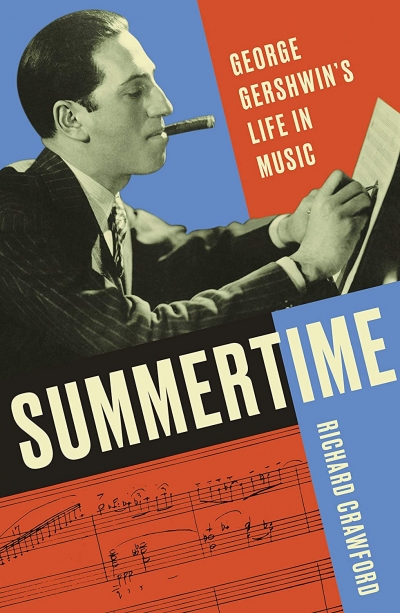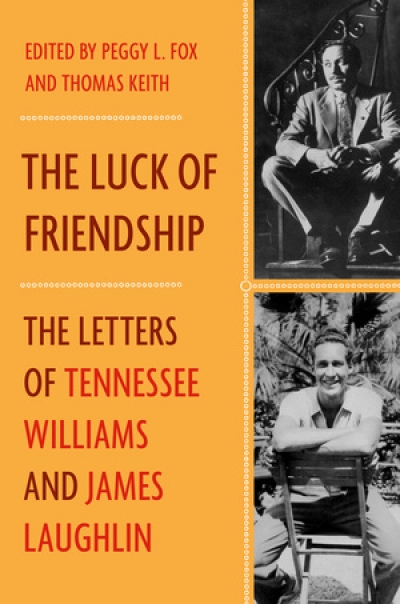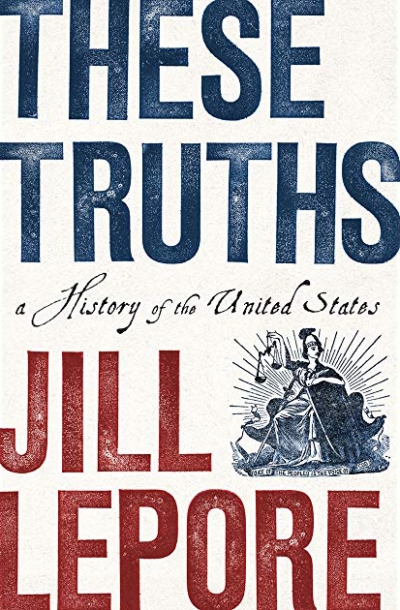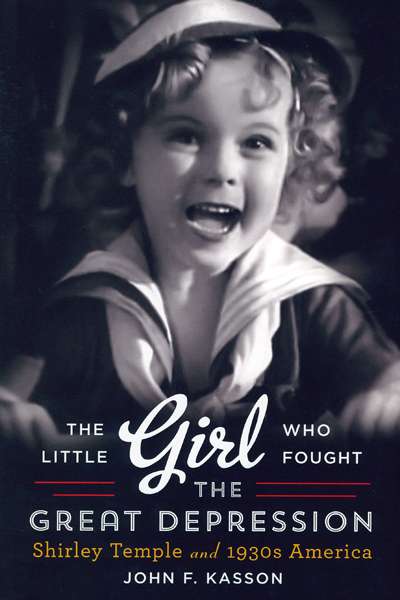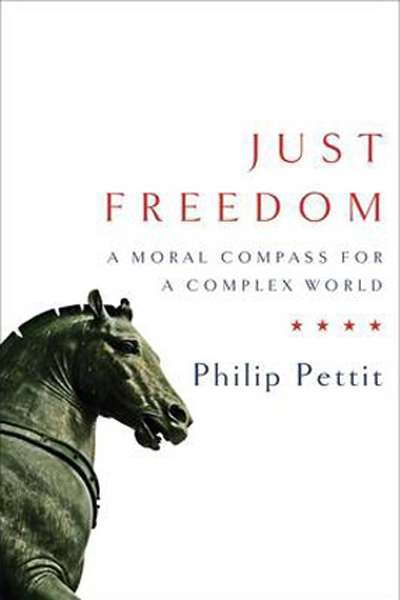WW Norton & Company
Summertime: George Gershwin’s life in music by Richard Crawford
The Luck of Friendship: The letters of Tennessee Williams and James Laughlin edited by Peggy L. Fox and Thomas Keith
These Truths: A History of the United States by Jill Lepore
The Little Girl who Fought the Great Depression: Shirley Temple and 1930s America by John F. Kasson
One afternoon some three decades or more ago in a stuffy conference room at W.W. Norton & Company, the New York publishing firm where I then worked, the semi-annual sales conference was underway. Assembled were the national sales reps and the marketing team, members of the editorial board, the publicity director and senior publicists, and our president and chairman. A formidable array for editors to face – especially young ones, as I was then – as they presented their upcoming books on the next seasonal list.
One had about three to five minutes tops (though this was often honoured more in the breach, to the exasperation of the audience) to get across to the reps – a fairly jaded lot, but for the most part tolerant of newbies like me – an idea of a book’s content; its main sales points; a run-down of competing titles; any scintillating pre-pub blurbs one had been able to secure; and a conviction-filled guarantee that the author was an absolute certainty to be interviewed on the Today Show.
... (read more)
